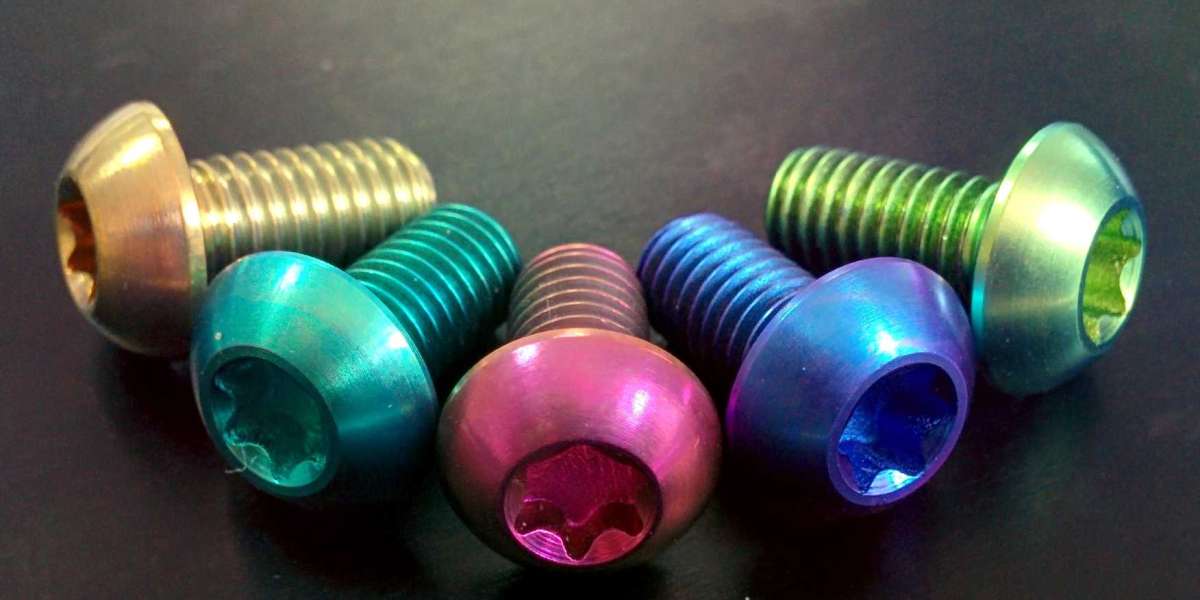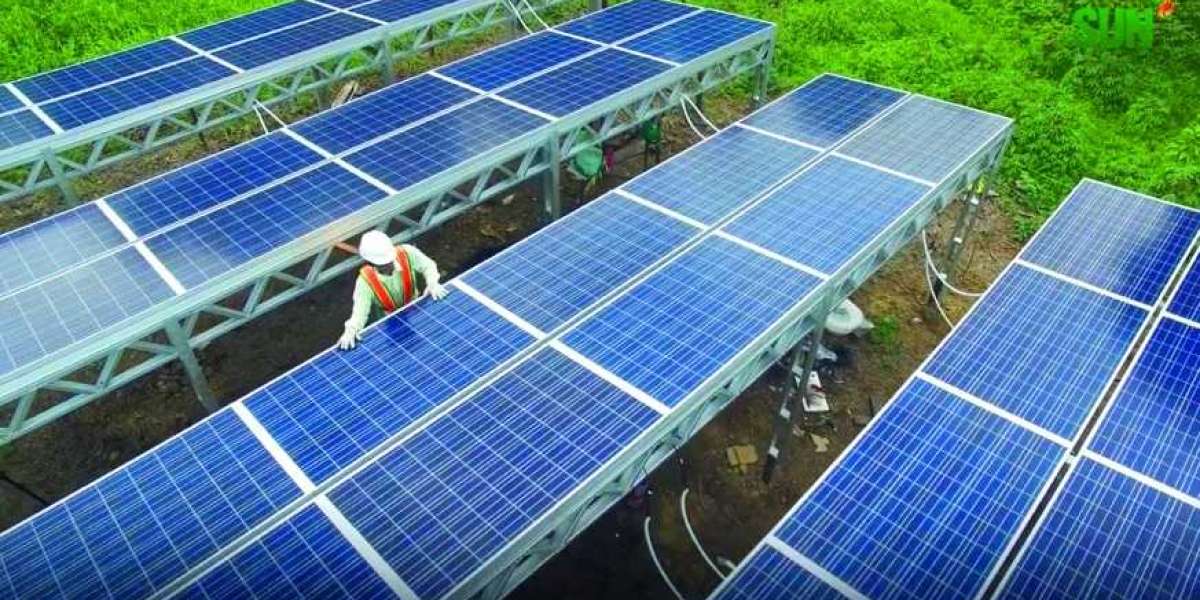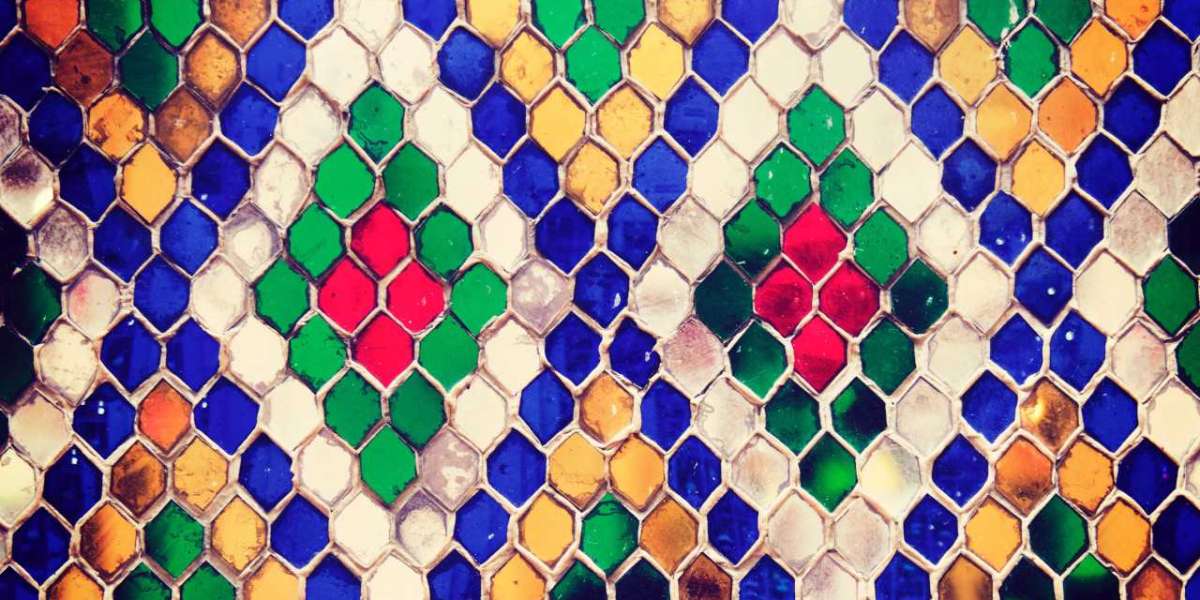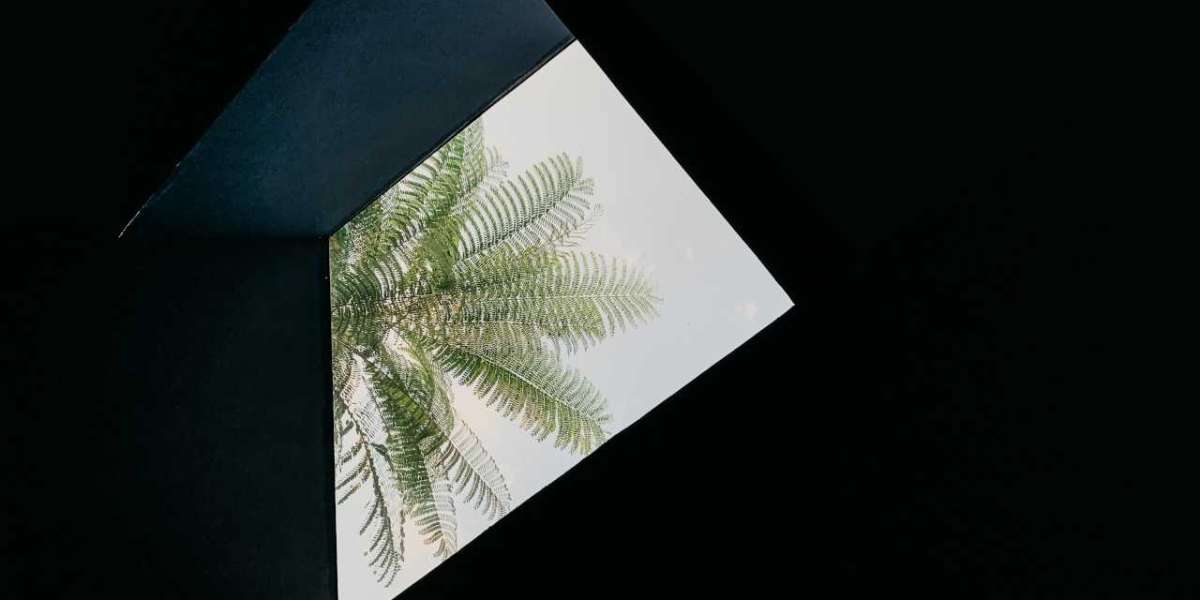Introduction
In the world of manufacturing, various processes and techniques are employed to create plastic parts based on specific requirements. This article explores the processes of plastic overmolding, vacuum casting service, and prototype plastic extrusions, while also highlighting the differences between casting and injection molding.
Plastic Overmolding
Plastic overmolding is a process that involves the molding of one plastic component over another. It provides enhanced functionality, aesthetics, and improved ergonomics to the final product. This technique allows for the combination of different materials, such as a rigid plastic substrate with a soft rubber-like material or a combination of multiple colors. Plastic overmolding is commonly used in industries such as consumer electronics, automotive, and medical devices, where it can provide comfortable grips, sealings, or protection against impact.
Vacuum Casting Service
Vacuum casting service is a rapid prototyping technique that enables the production of small quantities of parts using silicone molds. It is an excellent solution for producing prototypes and low-volume parts that closely resemble the final product. The process involves creating a master pattern using various methods such as 3D printing or CNC machining, followed by the production of a silicone mold. Liquid polyurethane or other suitable materials are then poured into the mold, replicating the desired part. Vacuum casting service is particularly useful for applications where quick turnaround time, cost efficiency, and the ability to test form, fit, and function are critical.
Prototype Plastic Extrusions
Prototype plastic extrusions are small-scale productions or initial samples of plastic extruded profiles. Plastic extrusion is a manufacturing process that involves pushing molten plastic material through a die to create continuous profiles with specific cross-sectional shapes. Prototype plastic extrusions allow manufacturers to validate designs, test functionality, and assess performance before committing to full-scale production. It enables engineers and designers to evaluate factors such as material behavior, dimensional accuracy, and potential process issues. This process is valuable for construction, automotive, and consumer goods industries, where extruded profiles are widely used.
Casting vs Injection Molding
Casting and injection molding are two distinct manufacturing processes for creating plastic parts with their own advantages and applications.
Casting involves pouring molten material into a mold cavity and allowing it to solidify. It is often used for producing complex shapes, such as metal or plastic parts with intricate details, undercuts, and internal cavities. Casting methods include sand casting, investment casting, and gravity casting. On the other hand, injection molding utilizes high-pressure injection of molten plastic into a mold. It is known for its efficiency in producing high-volume, intricate parts with consistent quality, making it suitable for mass production.
While casting allows for more design freedom and the use of various materials, injection molding offers higher precision, faster cycle times, and better repeatability. The choice between casting and injection molding depends on factors such as part complexity, production volume, material properties, and cost considerations.
Conclusion
Plastic overmolding, vacuum casting service, prototype plastic extrusions, casting, and injection molding are all valuable processes in the realm of plastic part manufacturing. Each technique offers unique benefits and finds applications in different industries and production scenarios. Plastic overmolding provides improved functionality and aesthetics, while vacuum casting service enables rapid prototyping and low-volume production. Prototype plastic extrusions allow for the testing and validation of extruded profiles, and casting and injection molding offers distinct advantages based on part complexity, volume, and precision requirements.








